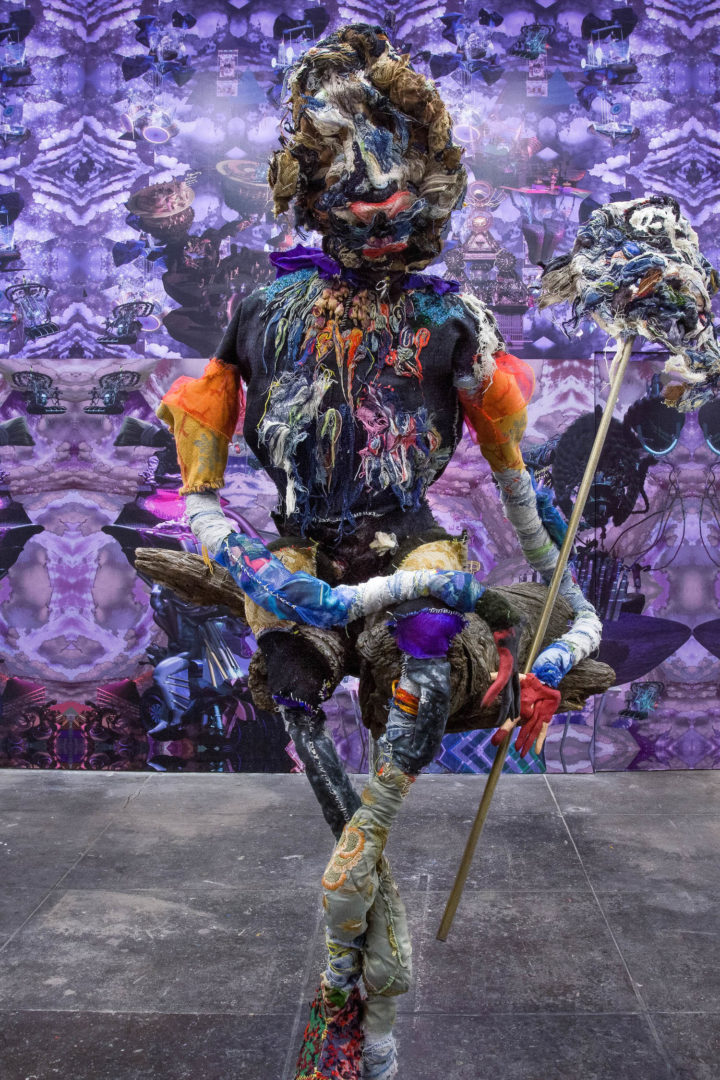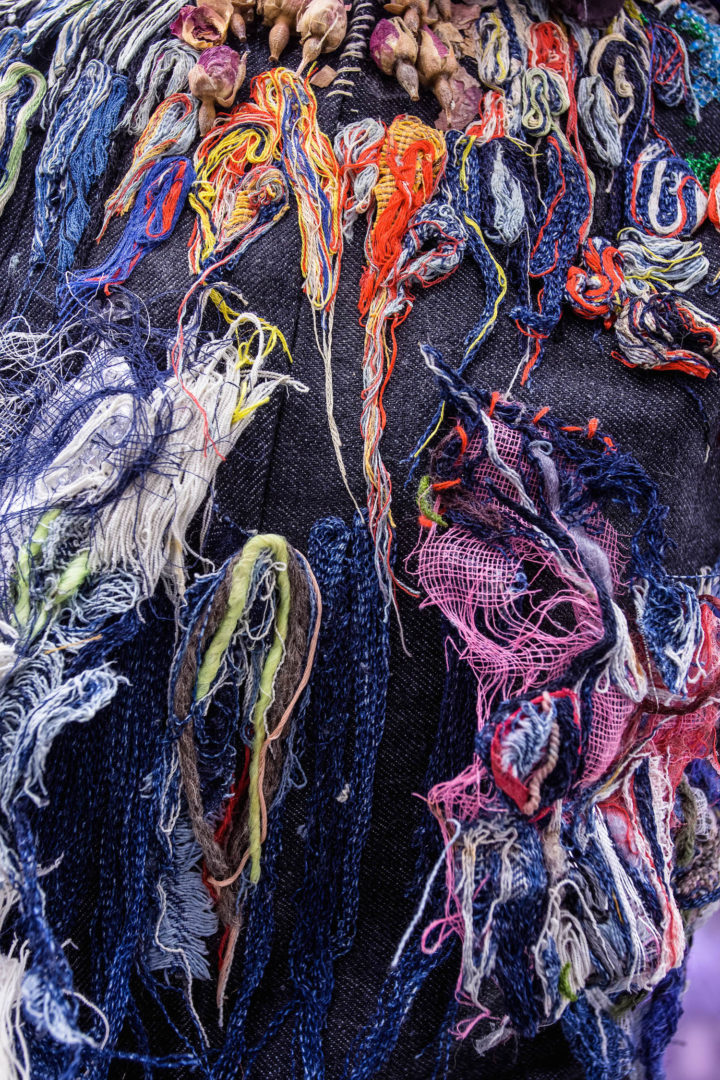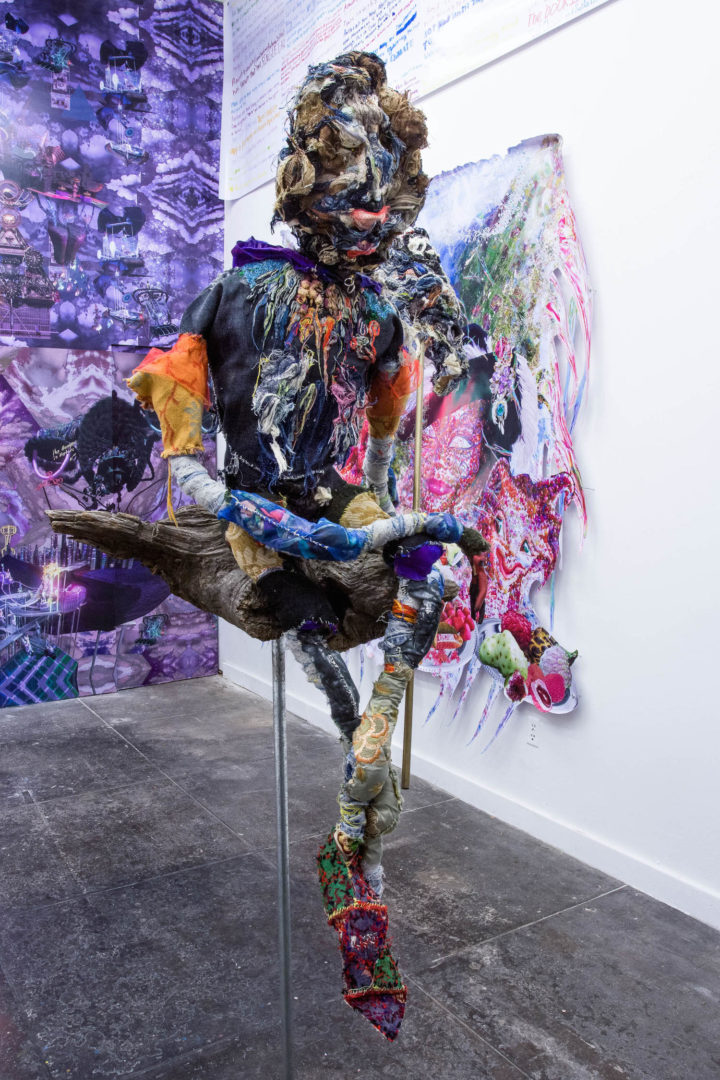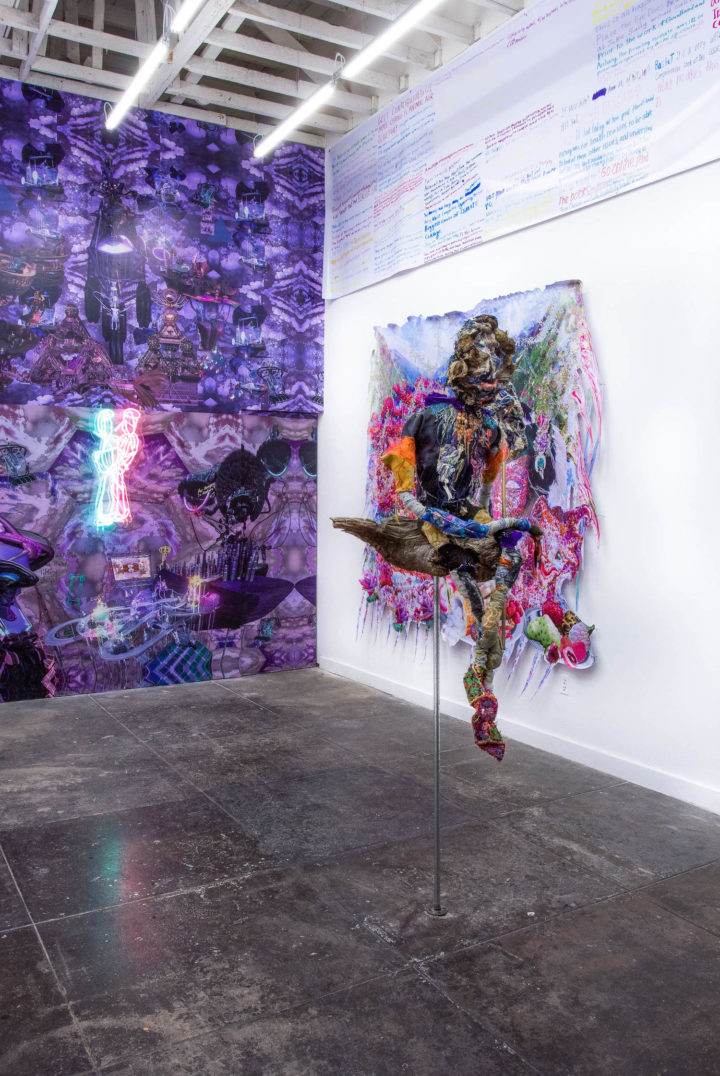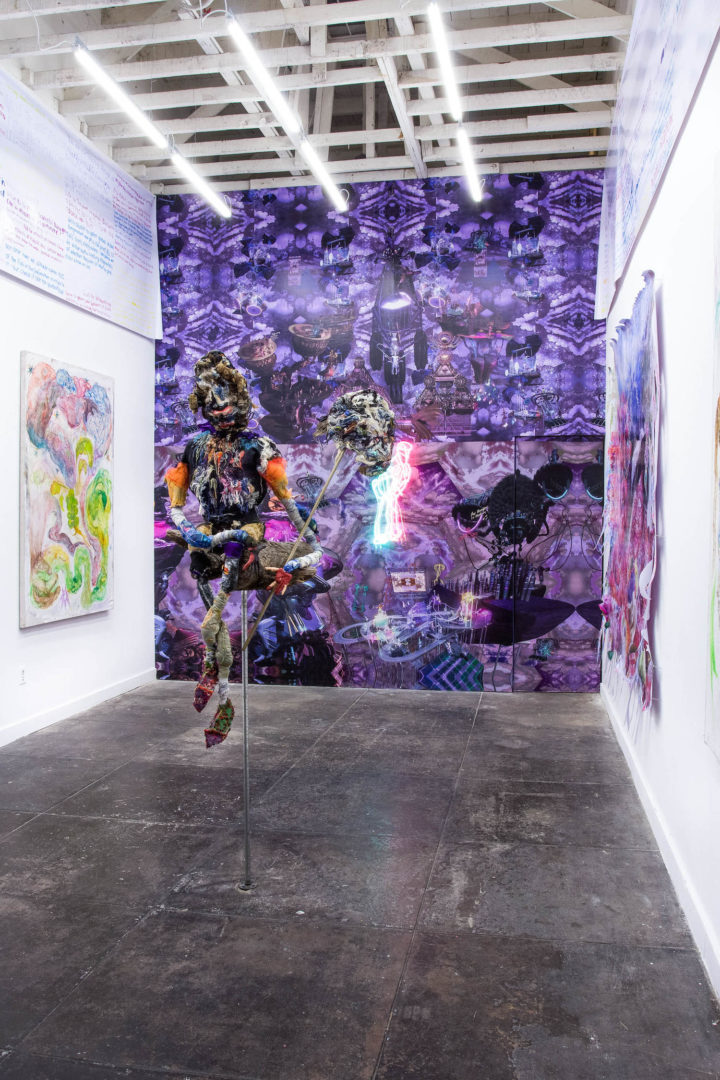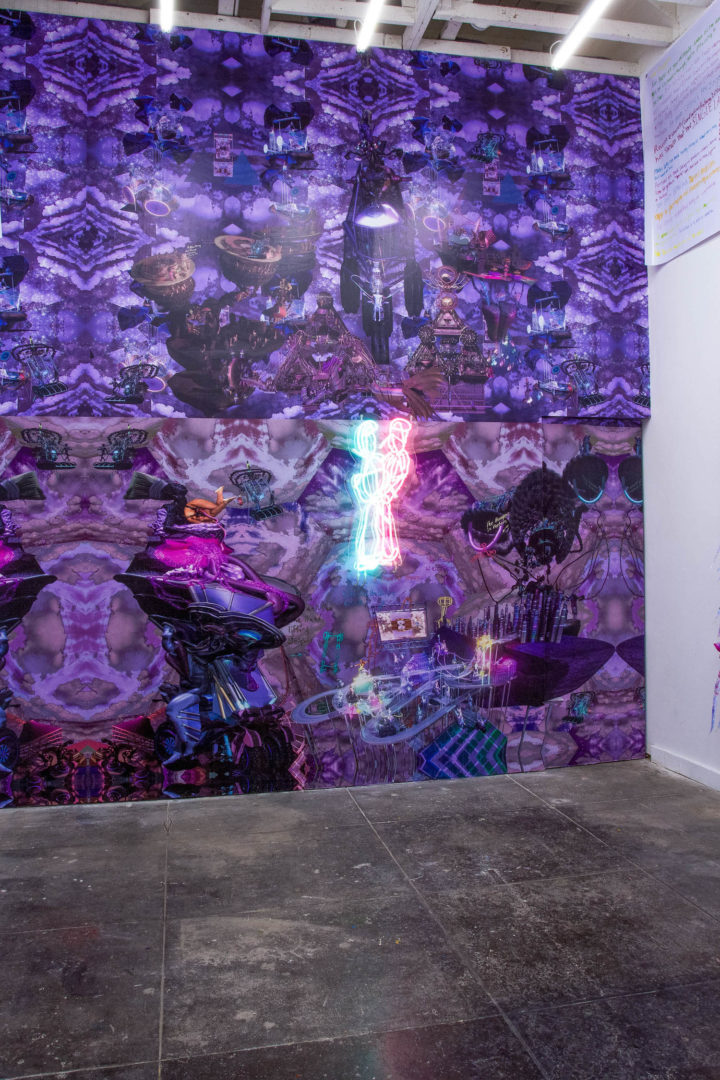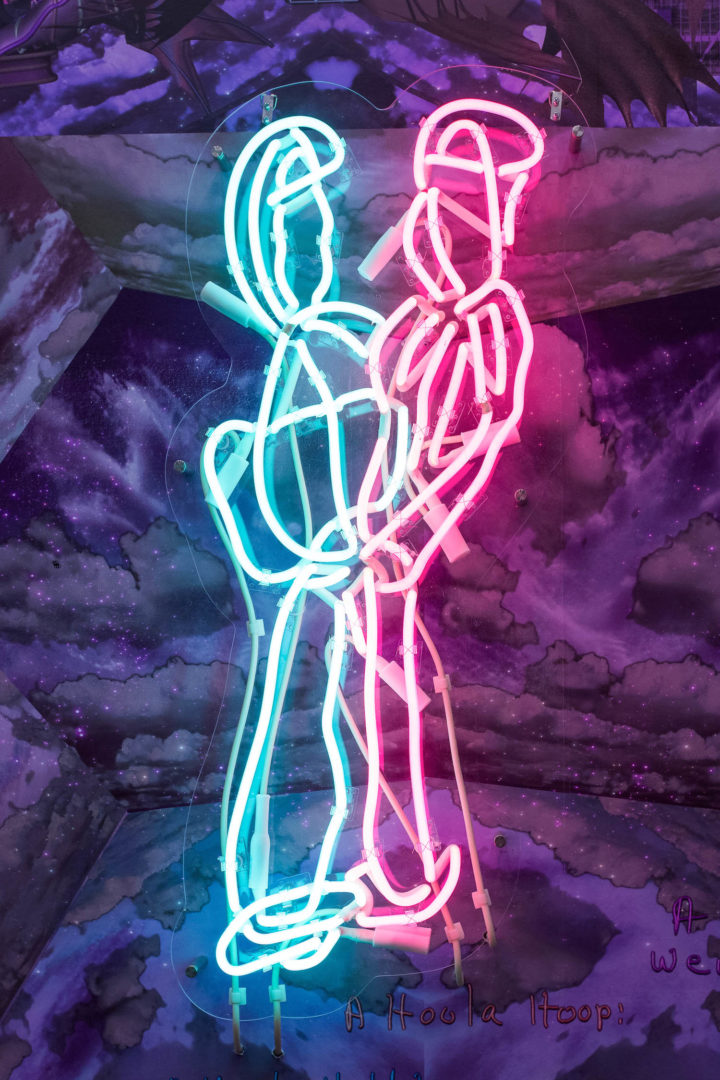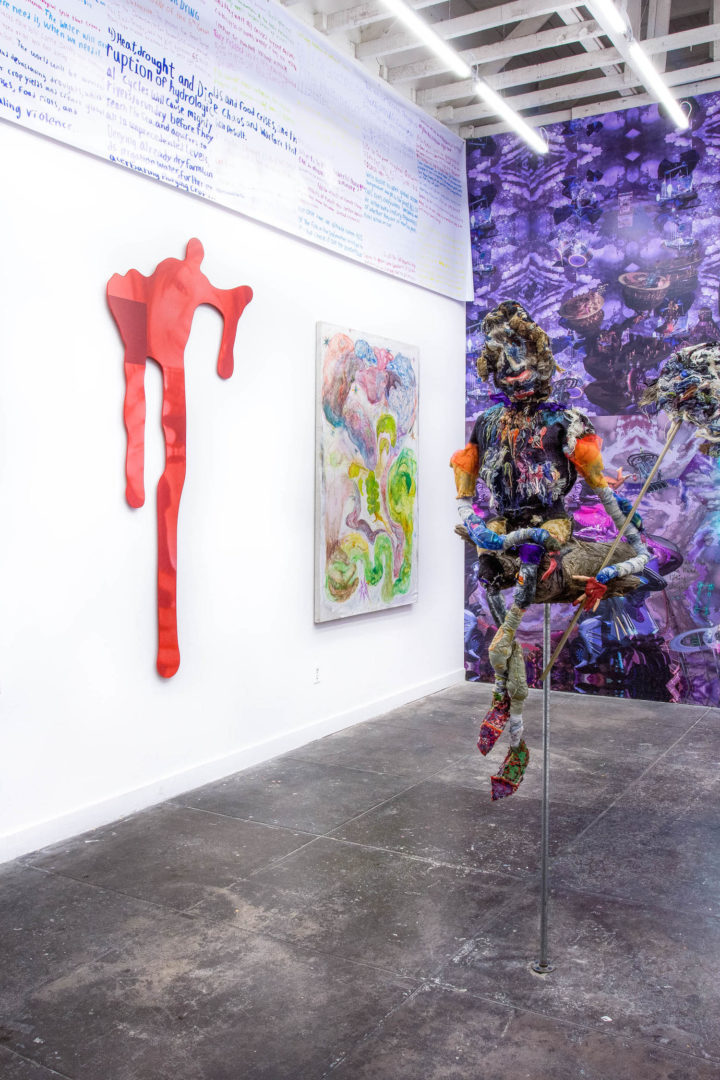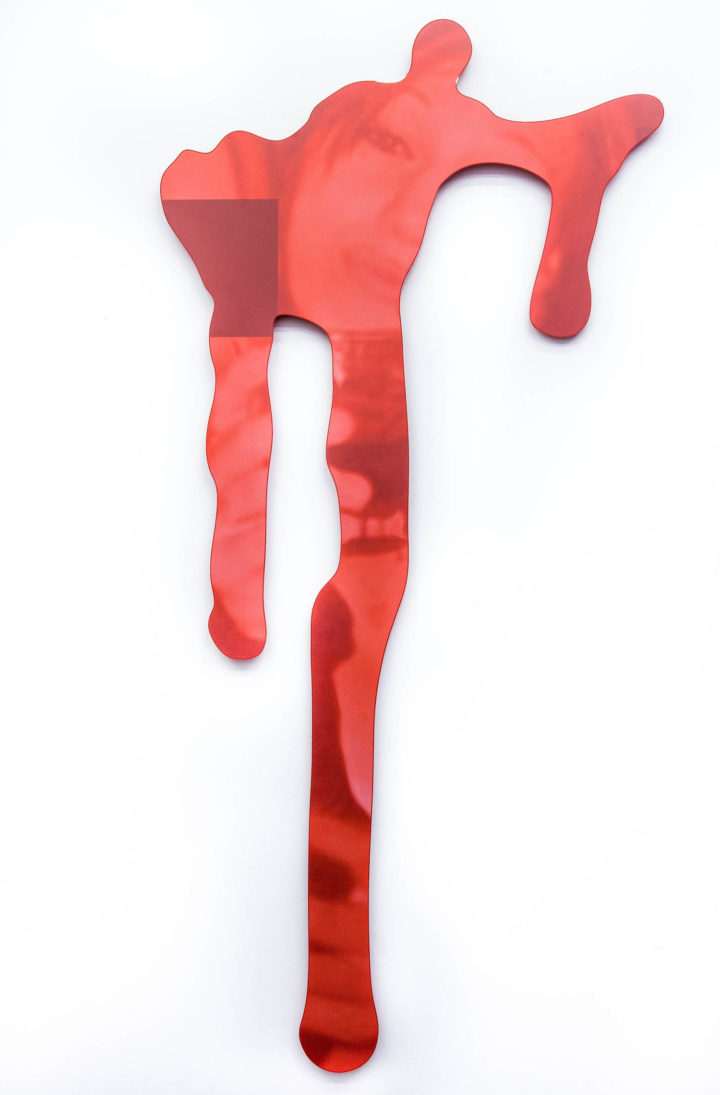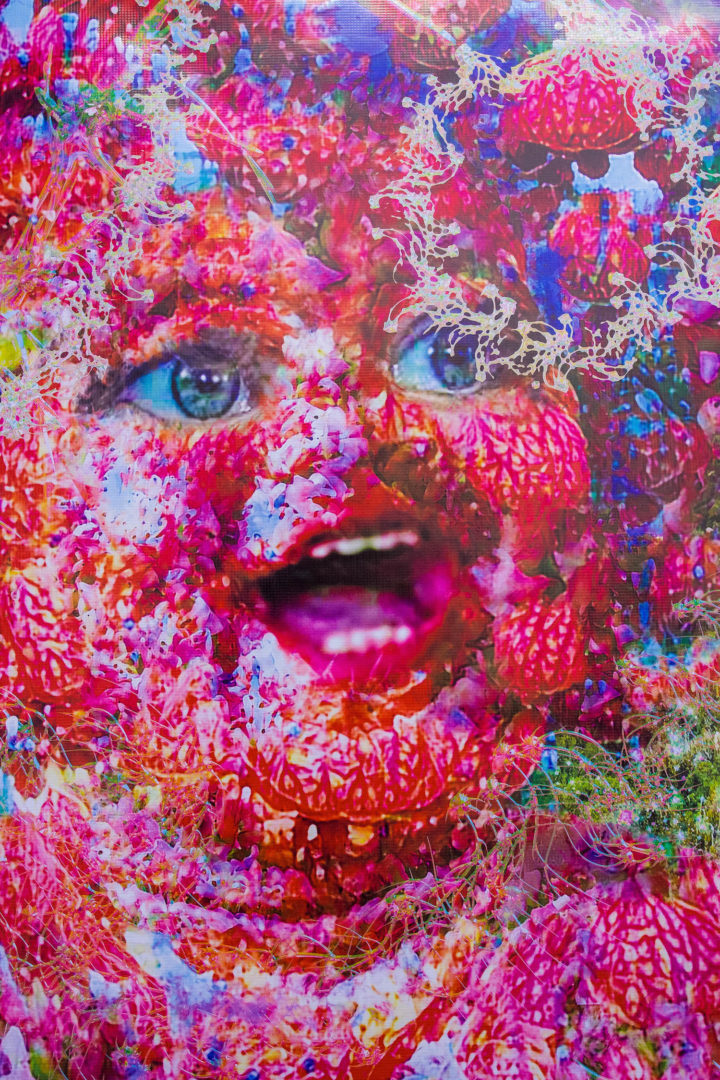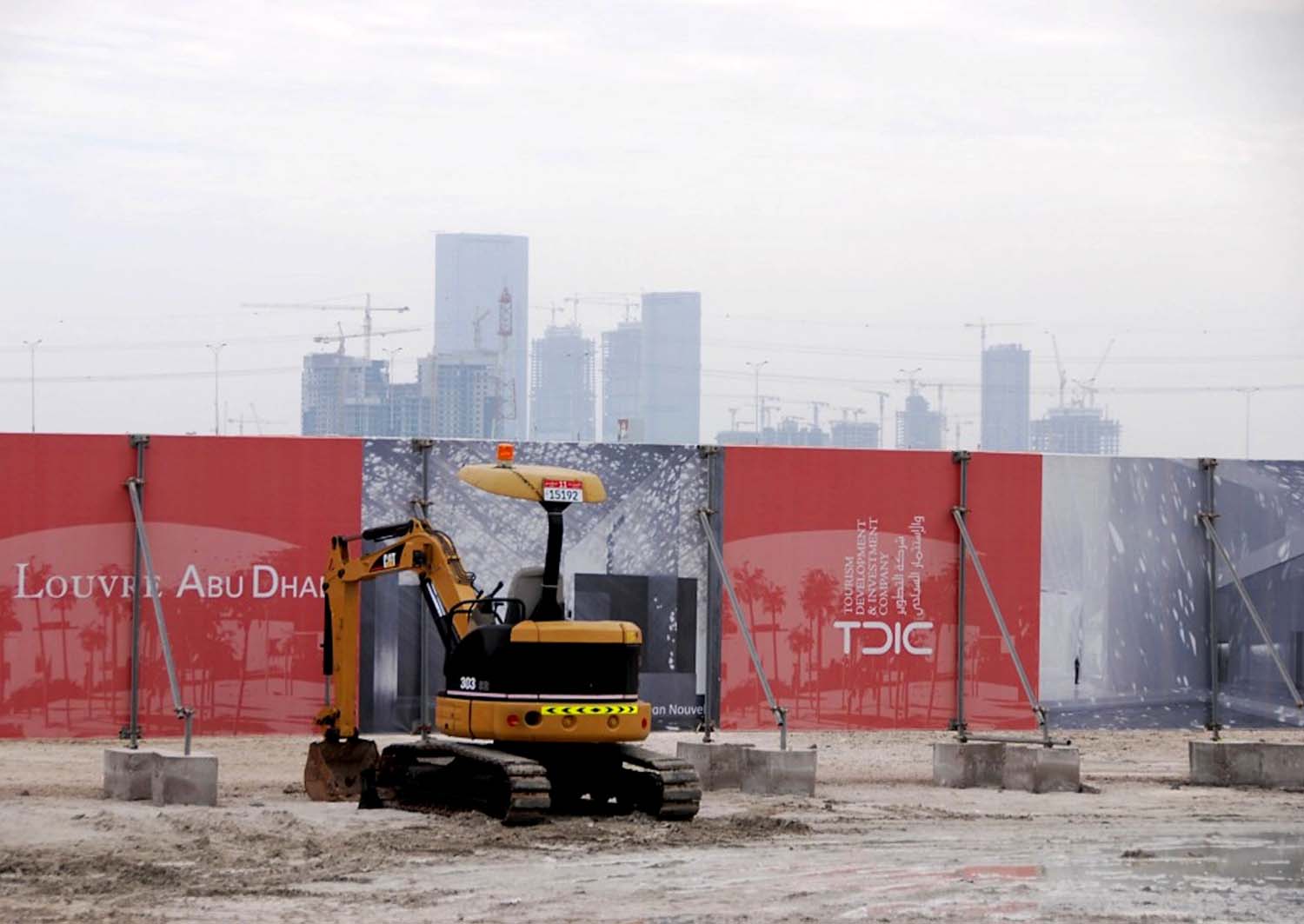Mother Culture is a new gallery and digital platform founded by Jake Cruzen and Jared Madere in December 2017. Based in Los Angeles, Mother Culture will collaborate with many contributors from a variety of fields, including parenting, sustainable living, contemporary art, journalism, spirituality, music, education and social consciousness, to create digital content as well as physical exhibitions. The current show, “EVERYTHING IS MORE THAN ONE THING FUTURE FEEL GOOD,” includes works by Jacolby Satterwhite, Bunny Rogers, Darja Bajagić, Suzy Amis Cameron, James Cameron, and Dachi Cole.
Patrick Steffen: From Bed-Stuy Love Affair to Mother Culture in Los Angeles. Why Los Angeles?
Jake Cruzen: We had three years of conversation and planning that led up to Mother Culture. We had ideas about a place that celebrated life and generated creativity of all kinds. When planning things out we often say to each other, “let’s get rid of the quotes,” and what we mean is that we want to try to help democratize creativity by allowing a mixed vocabulary that doesn’t rely so heavily on a know-it-like-the-back-of-my-right-hand grasp of the history of fine art. Above all, California is the wonderland for dreamers. In short, with this new venture, we are definitely more interested in communal values, nature and celebrating creation as a whole.
Jared Madere: Nobody can like good in NY. They like putting thumbtacks in their knuckles for Instagram and bragging about how their mom cried when they saw the blood dribbled on their baby photos. I love seeing my mom smile too much and couldn’t live with the lie.
Jake Cruzen: We are creating a place that puts a high value on a good life, actualized community and celebrated effort. A blend of languages is very appealing to us. Our current show, “EVERYTHING IS MORE THAN ONE THING FUTURE FEEL GOOD,” was put together to form an exhibition of artists that had these aforementioned qualities while still expressing an alter-universe of their own.
PS: The geographical organization of the city is very different from New York. Will this change the way you work within your artistic community?
JC: Yes! We are already working with a local vegan chef to give away bag lunches to the community we are a part of. We are also working on a local youth art exhibit. We want to create a platform that can help anyone who is doing positive creative work and community initiatives. We are working with doulas from LA and helping to organize a podcast and video series that appeals to unconventional motherhood. We also have a giant off-site project in the works that primarily focuses on sustainability.
JM: I like being able to pick up artists’ work in my car instead of telling them to bring it over on the bus. I used to spend a lot of time crying if I missed a blackberry yogurt sunset, but now if I miss it today it’ll be there tomorrow.
JC: And the weather makes it so you can be naked most of the year.
PS: Your platform addresses very wide social goals. You mentioned parenthood, sustainable living and spirituality, among others. With art spaces proliferating in the city, a clear identity is necessary to identify newer ones. What is your main goal?
JC: It’s a real challenge for us to isolate any one of those goals. The elements we are focusing on are the actual interests and challenges in our day-to-day life. I have a baby on the way.
JM: In conceiving of Mother Culture it was very important to us to create a platform that reaches beyond the art-world audience most familiar with our work and this flavor of inquiry in general. With most other expressive/creative avenues audiences are much wider, whereas with art a huge percentage of the audience is highly professionalized within the industry or a very committed and interested third party (collectors, turbo-fans, fashion/furniture designers, architects, etc.). Not many second-grade teachers have the same relationship to the summer group show at Petzel, the Triennial or even Venice, as they do with the top forty cycling through the radio on repeat that same summer, or whatever collusion of forces gives rise to culturo-distributive phenomena like Memoirs of a Geisha, Infinite Jest, A Million Little Pieces or The Subtle Art of Not Giving a F*CK. Art has tunneled or weaseled its way out of the majority of its responsibility of engagement with the larger society, declaring that it will be a cultural laboratory at the far corners of the social fringes, exploring only the most esoteric and rarified subject matter, such that its fruits are only shared with the mainstream as quickly as an advertising agency can figure out how to exploit them through their translation into an ad campaign (a kid graduating art school in the late 2000s sees Clown Torture [Bruce Nauman, 1987] and pitches the Burger King “Wake Up With the King” campaign to seal their interview at Crispin Porter). We are interested in genuinely engaging an audience on a wavelength beyond connoisseurship directly through the programming at Mother Culture.
PS: Can you share a few highlights of the 2018 program?
JM: Our program is fluid in the sense that our exhibitions do not necessarily have hard beginning and end dates and thus the space functions more like a living organism whose belly sometimes contains bubblegum for eight years and/or crab larb for five minutes depending on what fairground the lizard is dining at. Sometimes you take a bite of winter and, surprise, you get a mouthful of spring.
JC: Mother Culture exhibitions will have a longer duration than most and will give birth to new objects and events as they unfold. We have an accomplished team and are really excited to be working with Milo Conroy from Cloudburst, Kate Hillseth and Cindy Conrad from Young Art, and Marie Heilich from White Flag Projects. We are really honored to be working with Dachi Cole, Dese Escobar and Jessi Reaves, and those are the artists we will unveil projects by next.

